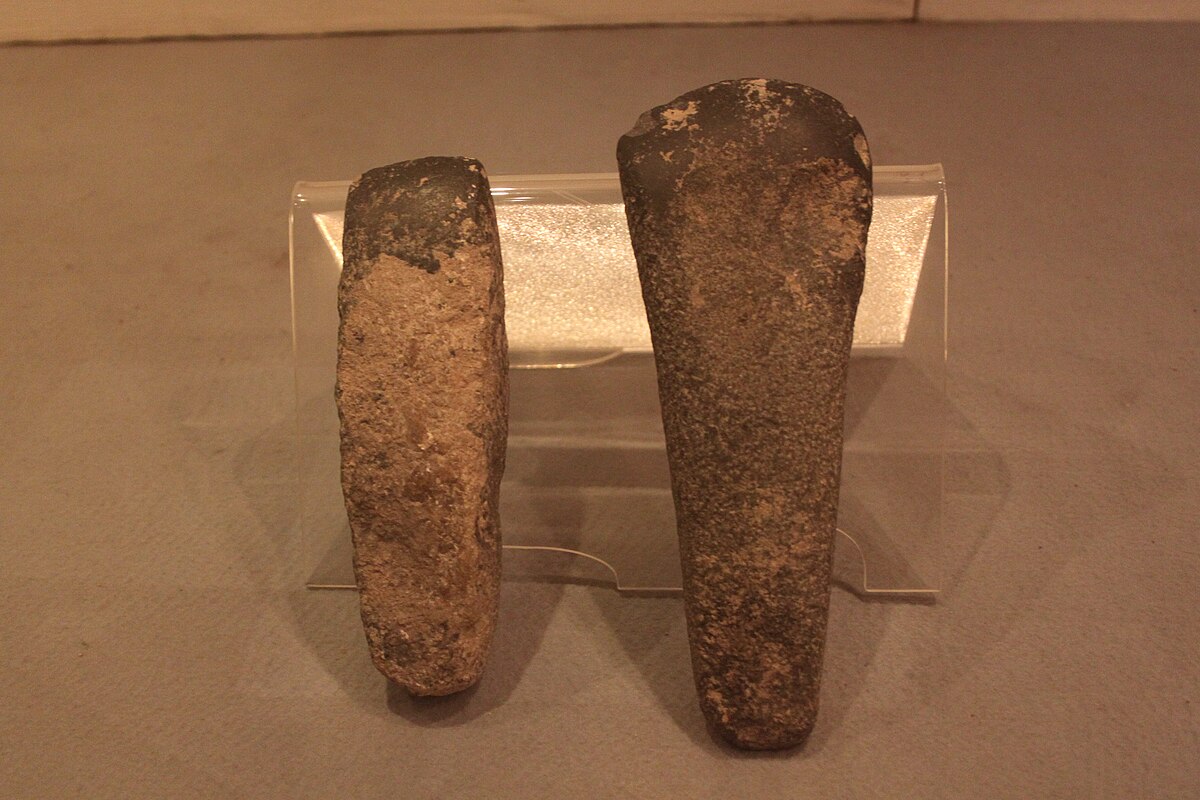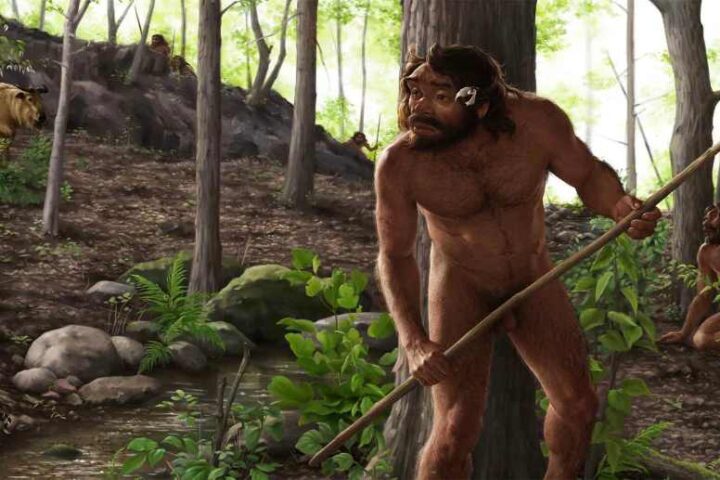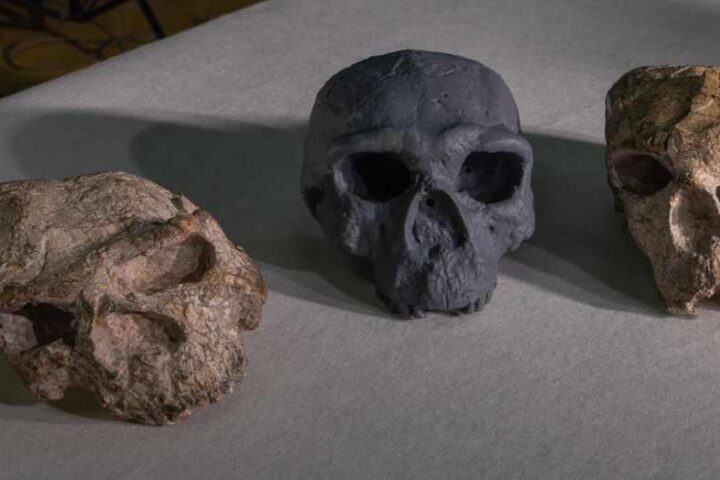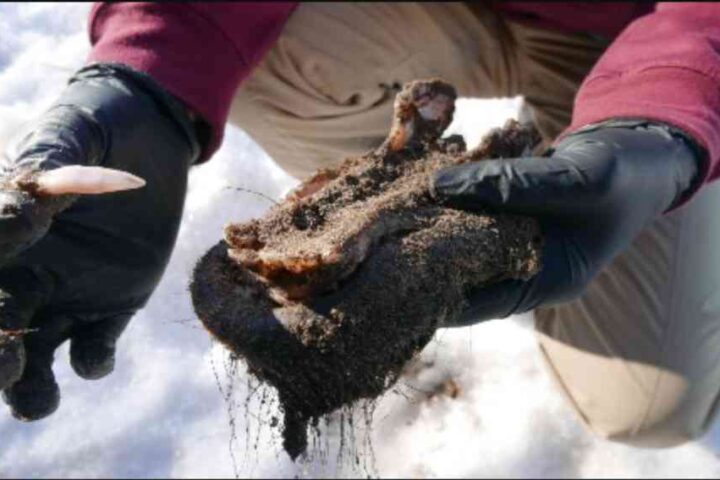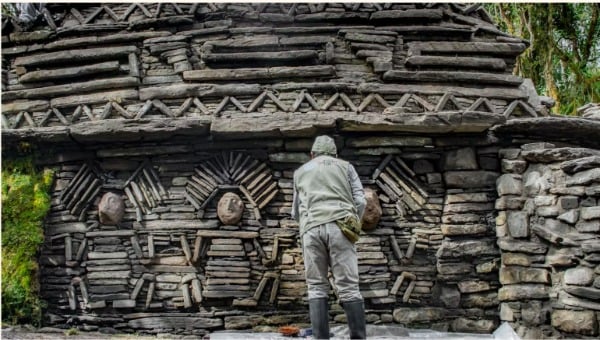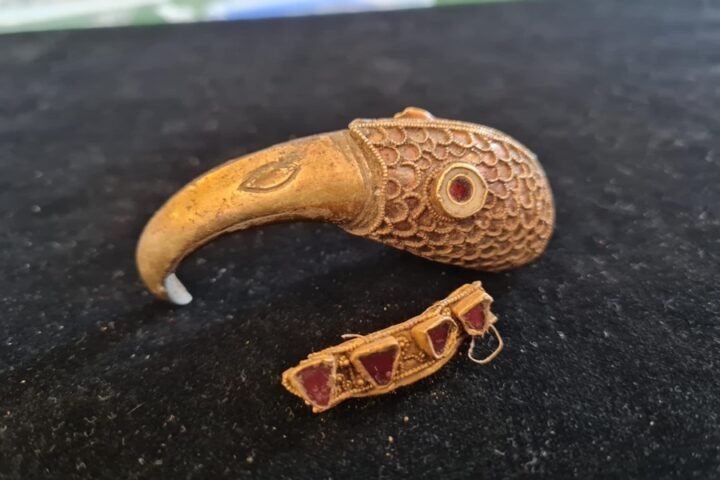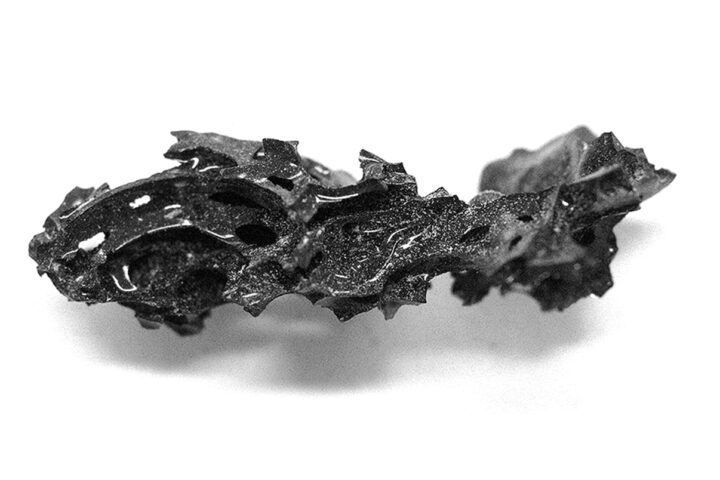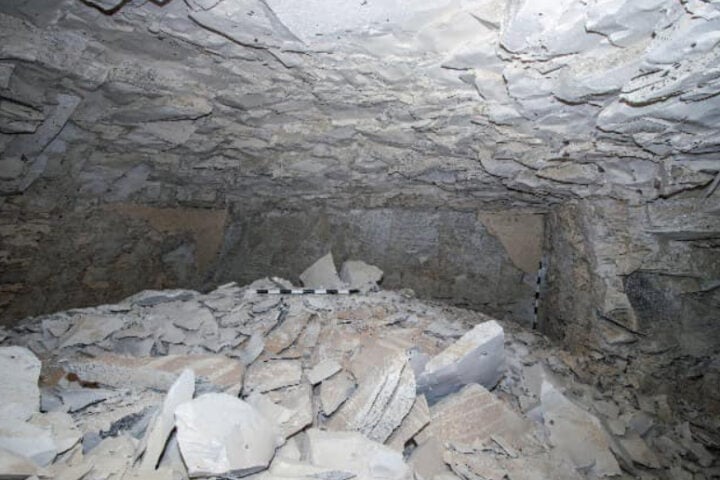Scientists in Kenya unearthed ancient stone tools that are helping us learn about our early human evolution. These tools date back to over 3 million years predating the existence of modern humans.
Tom Plummer and his team discovered these tools while digging in Kenya’s Homa Peninsula. The tools are simple but clever – sharp stone flakes made by striking one rock against another. Even after millions of years, these stone “knives” have retained their sharpness.
“These tools changed everything,” says Plummer, who works at the City University of New York. “It allowed them to access a whole array of foods that they would never have had access to before.”
But here’s the surprise: The tools weren’t made by our direct ancestors. The team found a tooth from a different ancient human relative called Paranthropus near the tools. This means other human-like species had better dexterity and cognition to create these tools even before our human ancestors.
Rick Potts from the Smithsonian helps lead the research in Kenya. He says this discovery reminds us how special it is that humans survived while other tool-making species became extinct. “We are the last two-legged human relative still around,” he explains.
Similar Posts
Finding these ancient items takes time and patience. Rose Nyaboke, who digs for fossils at the site, says they have to be very careful about what they collect. “We don’t just pick up anything,” she says. “It has to tell us something important about the past.”
The team can’t use regular carbon dating because the tools are ancient. Instead, they look for clues in the ancient volcanic ash and other remains to understand their age.
These finds are changing what we know about human history. Scientists believed, many big changes, like walking on two legs and making tools, happened fairly recently. Now they know these changes took place over a much longer time – approximately 6 million years.
Each new discovery in Kenya helps us better understand the development of early tool use and technology. This helps explain the long path that led to modern humans.
